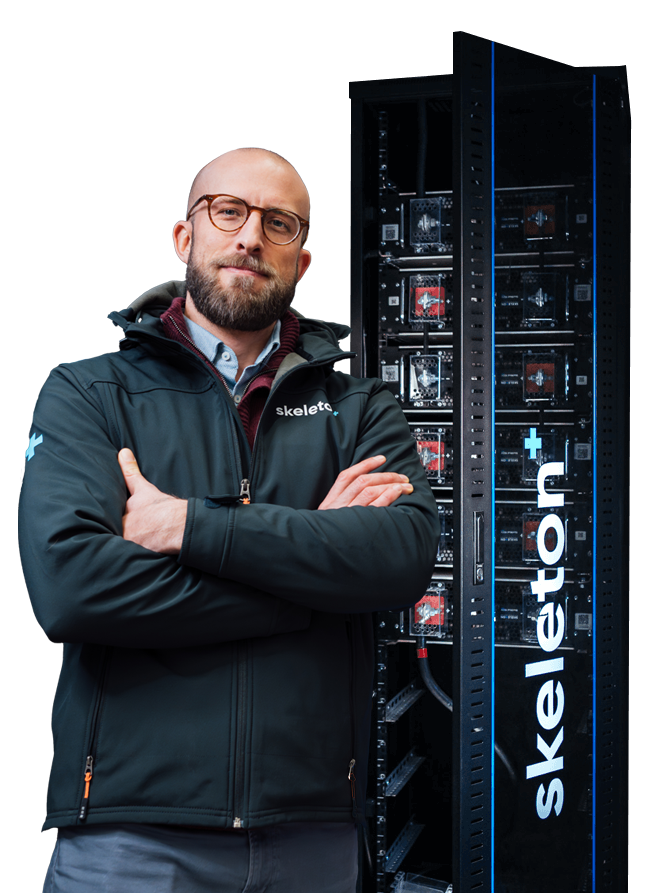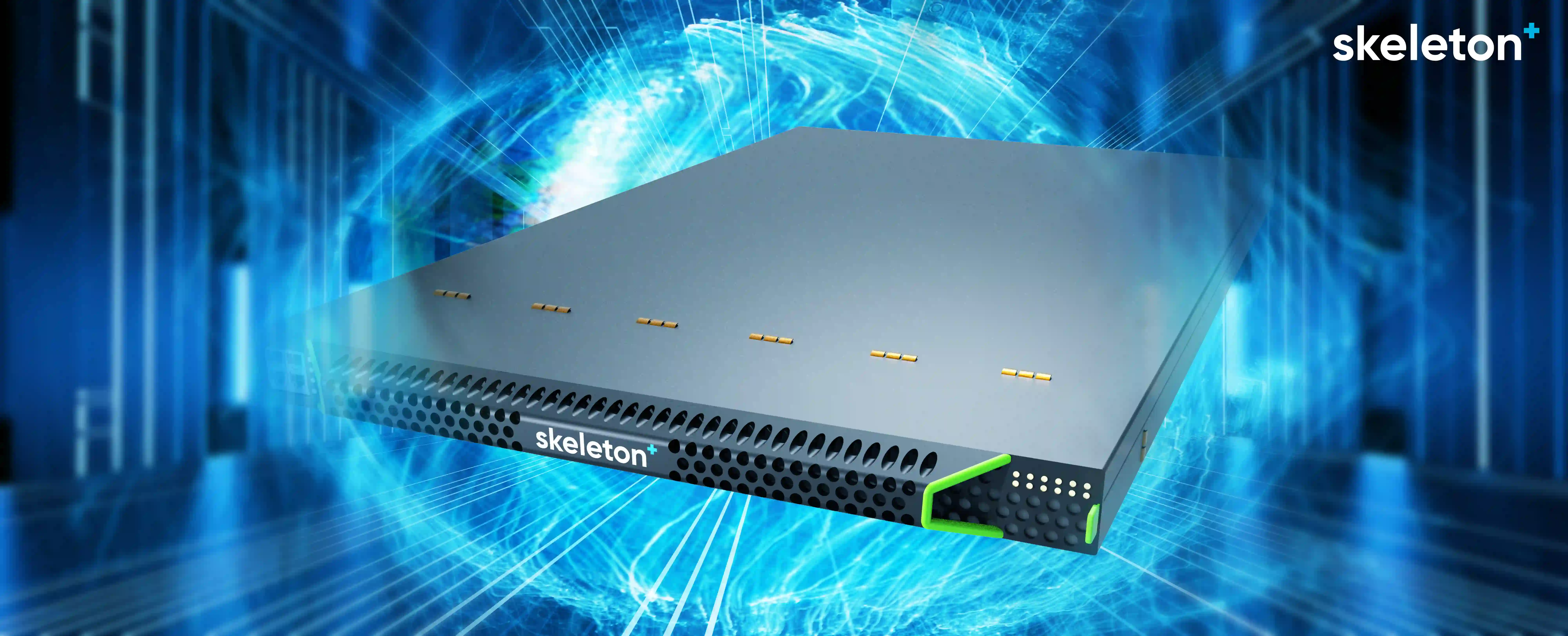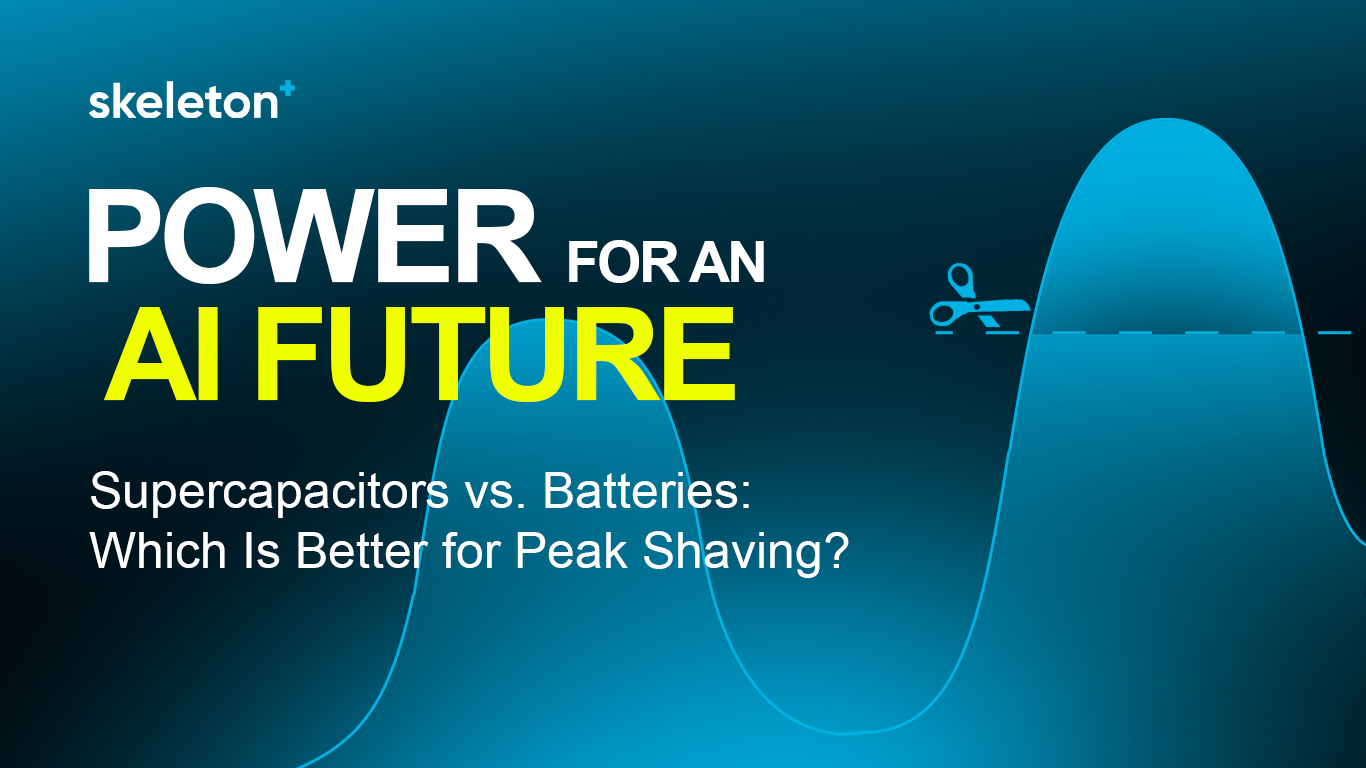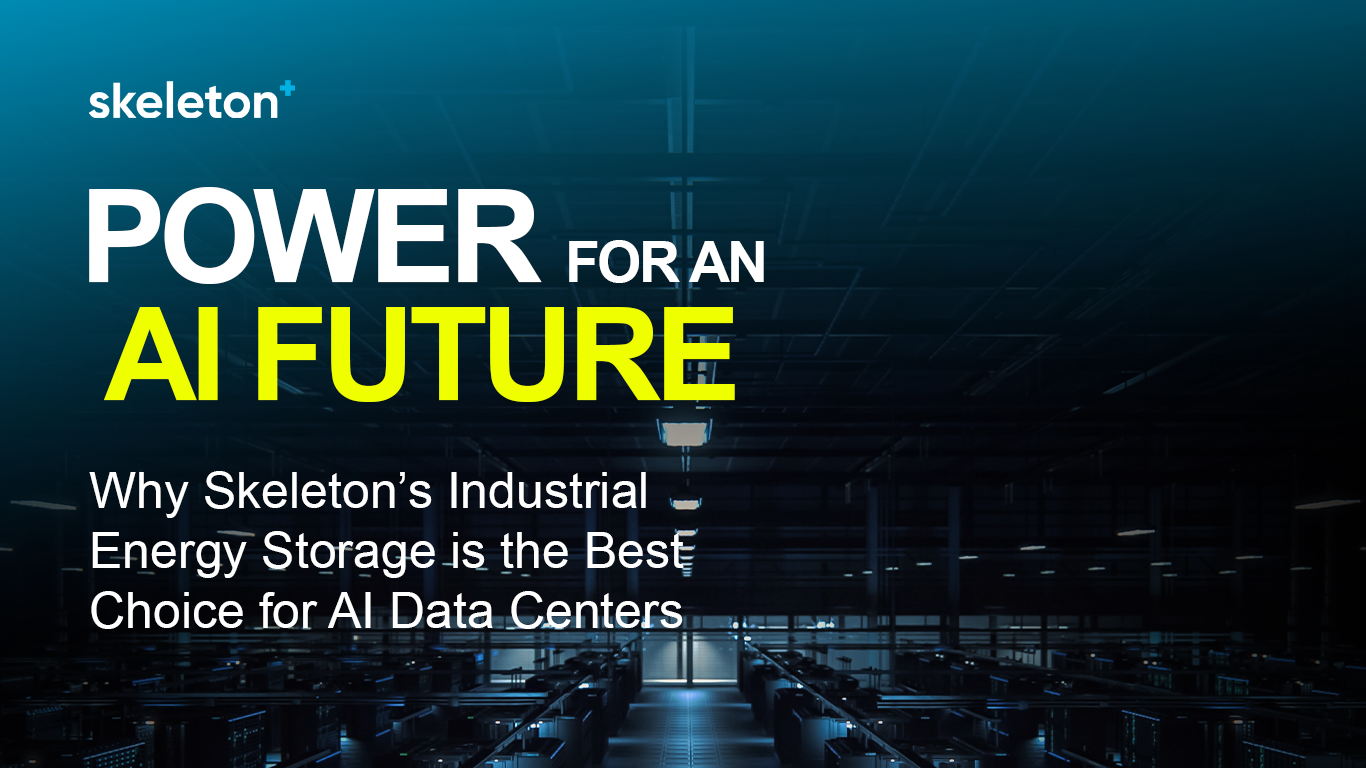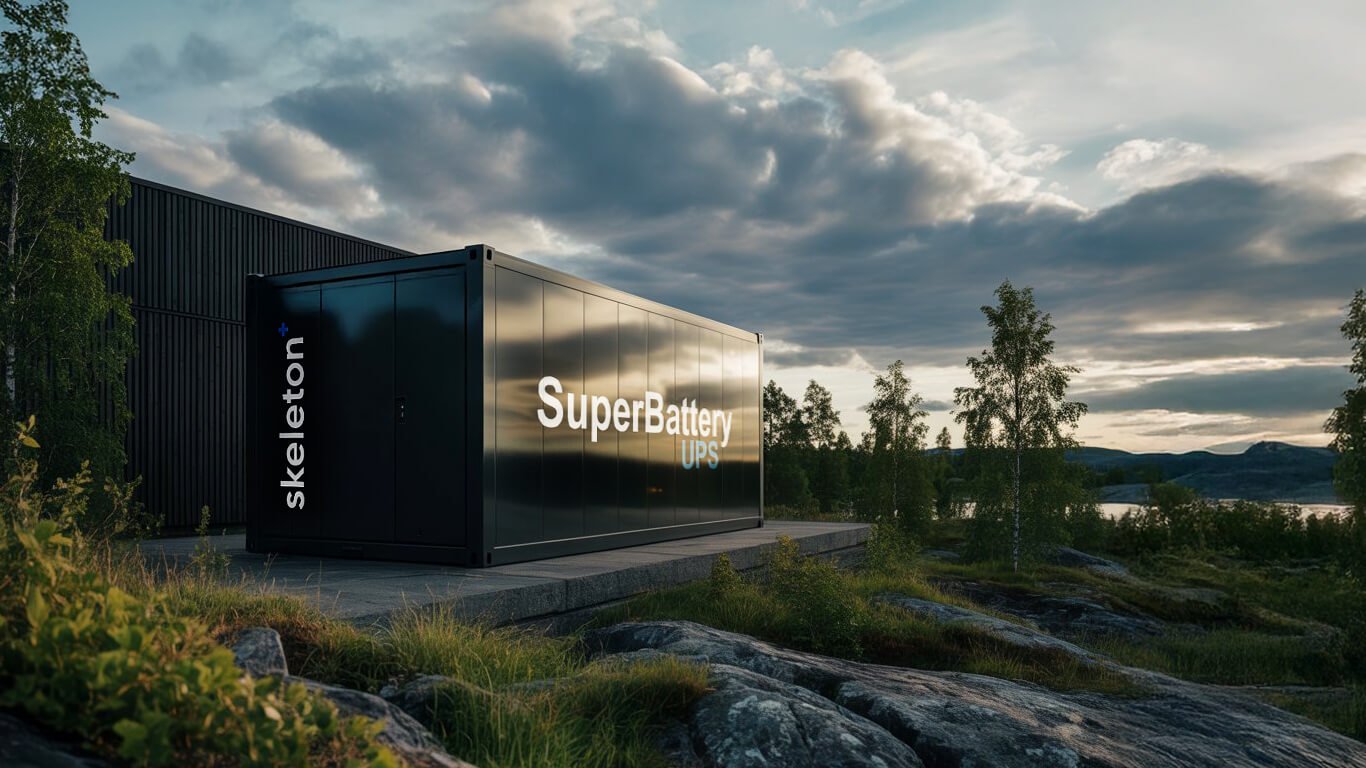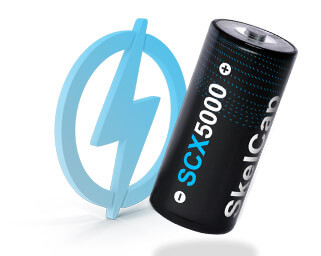
How Siemens Enhances Industrial Efficiency with Skeleton's Supercapacitors
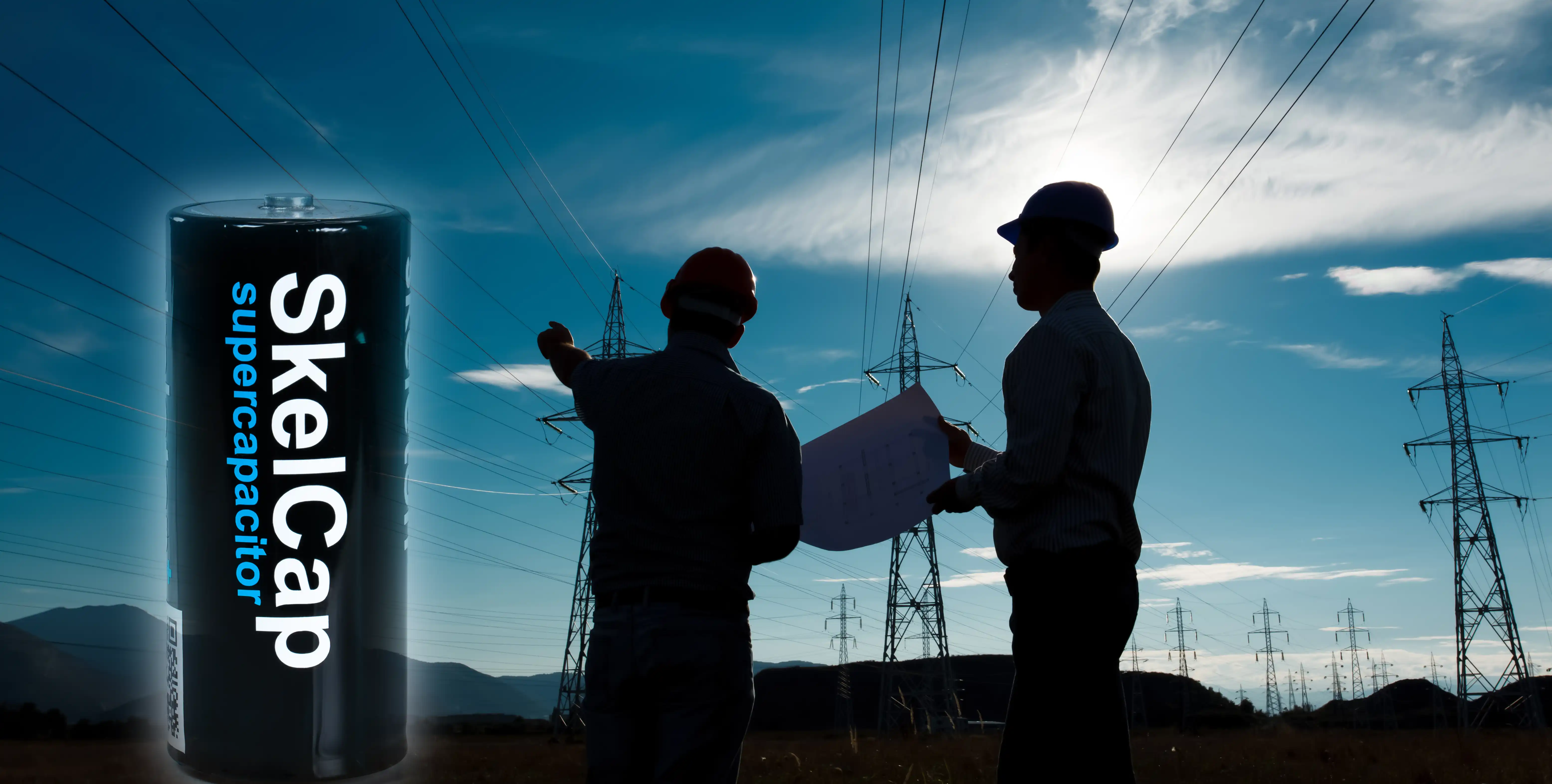
The reliability of power grids is crucial for industries reliant on a steady energy supply. Power outages, voltage fluctuations, and peak demand issues can cause significant economic and operational repercussions, increasing costs and affecting efficiency.
As power grid stability faces challenges from fluctuating demand and renewable energy integration, Siemens Digital Industries aims to enhance energy efficiency and reliability in industrial operations with their Smart Power Management using Skeleton’s supercapacitors. Integrating high-power, fast-charging energy storage directly into machinery mitigates erratic power supply impacts, promotes energy savings, and reduces Total Cost of Ownership.
Supercapacitors, known for their rapid energy absorption and release, along with extended cycle life, are well-suited for industrial applications. In Siemens’ Smart Power Management platform, our supercapacitors serve multiple functions:
Peak Load Compensation: Supercapacitors excel in rapidly absorbing and discharging energy, functioning as quick energy buffers. This reduces the negative impact of high power peaks on surrounding infrastructure and enables industrial equipment to surpass power limitations posed by the local utility.
Braking Energy Recovery: Supercapacitor technology enables the capture and reuse of braking energy in industrial machinery, enhancing energy efficiency and reducing waste. Braking energy is generated in various processes where moving devices must decelerate, such as a spinning calendaring machine, a robotic arm rapidly shifting between positions, or weights being lifted and lowered. Traditionally, this kinetic energy is dissipated into heat with resistors, but storing it locally for future use presents a more sustainable option.
Guaranteed Uninterrupted Operation: In instances of power disruptions, supercapacitors provide a critical energy reserve, ensuring machines continue to operate seamlessly, thereby minimizing downtime and associated costs. This can either allow for complete ride-through of short power losses or enable safety shut-down procedures requiring some seconds before power cut-off.

Integration of supercapacitors
Most industrial processes require variable frequency drives (VFDs), like the Siemens Sinamics S120, to power and control machinery. These VFDs are power converters based on IGBTs or other switching components. The first step is to rectify incoming AC electric power, typically at 50Hz and 400V, into DC power. This DC power is then converted back into AC power with a controllable frequency and magnitude to precisely drive an electric motor. Notably, the system does not store energy: what enters the initial rectification stage exits through the inverter. The DC stage between the two converters is called the DC link. This architecture is widely spread in many industries, as it poses a perfect opportunity to integrate energy storage solutions (DC devices).
The Siemens Sinamics S120 drives system is a modular multi-drive system that is based on this architecture, so the precondition is very good for the integration of supercapacitors. Guided by the Smart Power Management team, it is very easy to select and size the right system and components. In general, there are predominantly two ways to integrate supercapacitor energy storage into the system:
Direct DC Link Integration: This approach involves directly connecting supercapacitor modules to the DC link, creating a charge buffer that operates within the 600-800Vdc range. This straightforward integration process, characterized by minimal effort and cost, allows the supercapacitors to naturally respond to fluctuations in power flow. It effectively balances discrepancies between incoming power from the grid and the outgoing power to the load. Although economical and simple, this method may offer limited control over the energy storage capacity, potentially leading to underutilization.
DC/DC Converter Integration: Introducing an additional DC-DC converter to the system provides a more sophisticated means of integrating energy storage. This converter between the supercapacitors and the DC link ensures optimal utilization of the stored energy across varying voltage levels. Furthermore, it allows for active control of the power flow in and out of storage. Despite its higher initial costs and complexity, this method significantly enhances the operational benefits of energy storage and will lead to a higher return on investment over the equipment's lifetime.
Siemens Digital Industries has taken an impressive step forward in making the energy-heavy sector of industry more sustainable and efficient. By integrating high-power energy storage with supercapacitors—optimal for capturing kinetic energy, managing short-term power fluctuations, and meeting peak load demands—into their innovative Smart Management Platform, they can optimize energy usage and ensure the continuous operation of industrial equipment.
